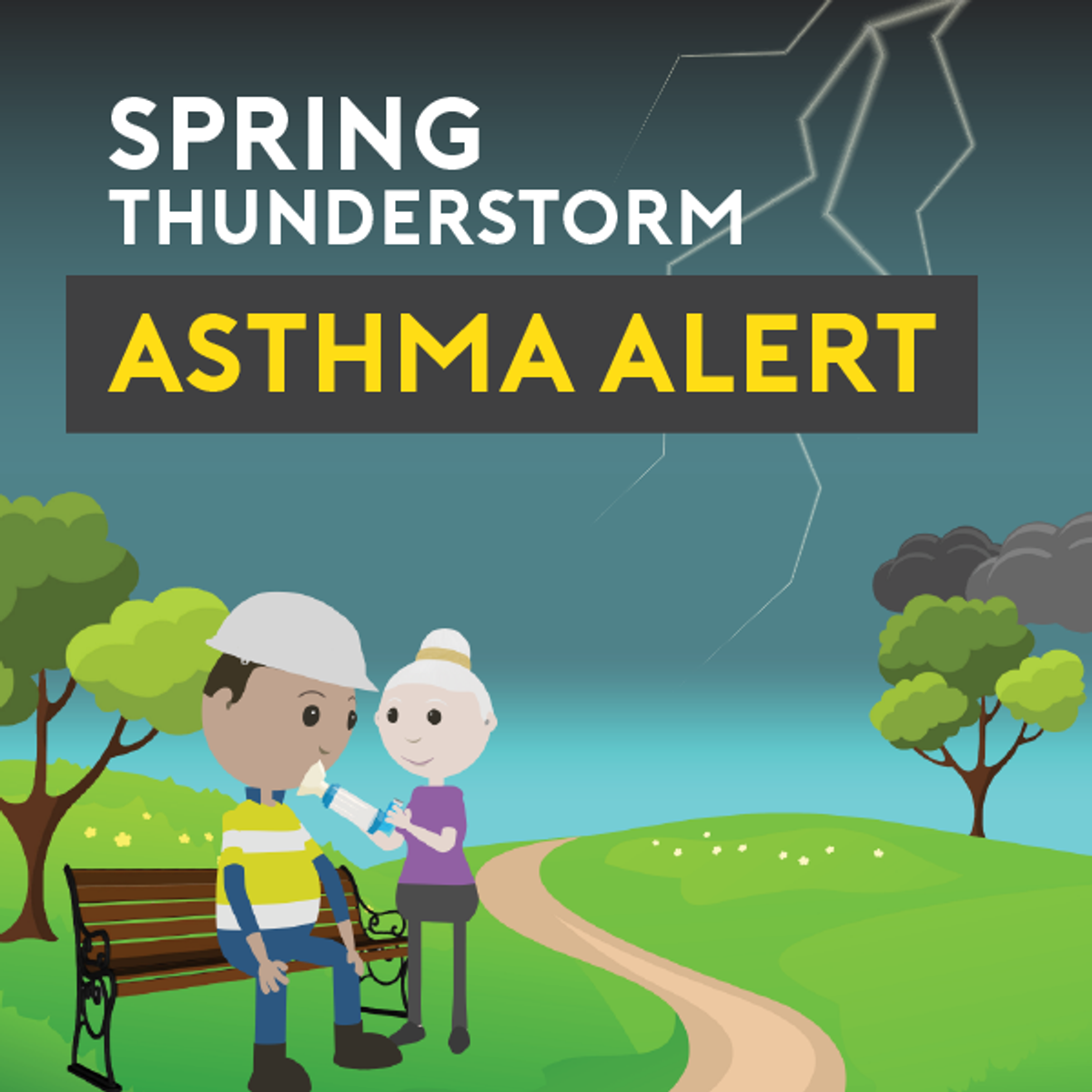Medical
Thunderstorm Asthma

Medical
Thunderstorm Asthma
Every year between October and December, there is an increase in hay fever symptoms. During grass pollen season, there is also the chance of an epidemic thunderstorm asthma event (a sudden increase in asthma cases associated with high pollen and an impending thunderstorm).
People at increased risk of epidemic thunderstorm asthma include those with:
Having both asthma and hay fever, as well as poor control and self-management of asthma, increases the risk.
To prepare for this season, we ask that students have a current asthma action plan (developed with the treating medical team) and an allergy plan if required − keep asthma medication readily accessible.
The school will endeavour to:
When renewing EMP, school is to consider how they would respond to an epidemic thunderstorm asthma ‘emergency warning’ during or immediately after dismissal for the day.

